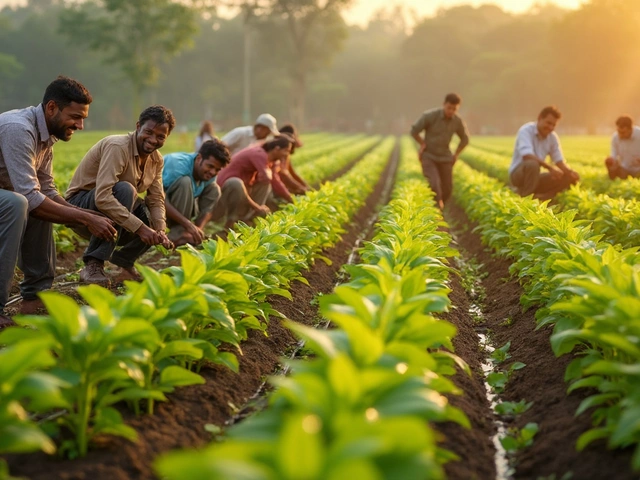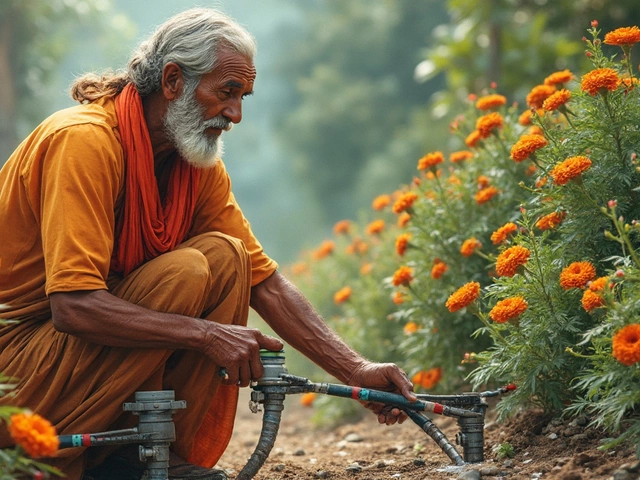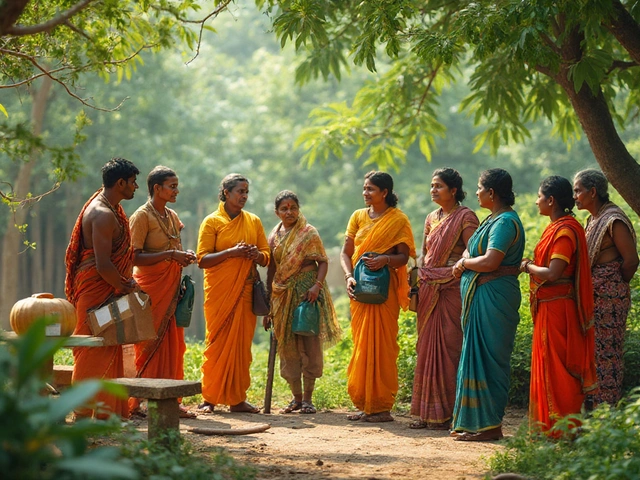bonsai watering: the essential guide for healthy mini trees
When talking about bonsai watering, the practice of giving the right amount of water to a bonsai tree so it stays balanced and vibrant. Also known as bonsai irrigation, it is the backbone of every successful bonsai routine. Right next to it, bonsai soil, a well‑draining mix that supports root health while holding enough moisture plays a crucial role, because water can’t do its job if the medium either clogs or dries out too fast. Equally important is the watering schedule, the timing and volume of each watering session, which determines whether the roots get a steady sip or a sudden flood. Finally, ambient humidity, the moisture level in the surrounding air can tip the balance, especially for indoor bonsai that sit in dry rooms. Together these elements form the core of bonsai hydration, and understanding their links will help you avoid the common pitfalls that many hobbyists face.
bonsai watering isn’t just about dumping water into a pot. It’s a blend of science and feel, where the soil texture, the time of day, and the local climate all influence the perfect amount. For example, a loamy bonsai soil with added akadama and pumice can hold enough water for a few days, but the same mix in a hot, windy balcony will dry out twice as fast. That’s why many growers adopt a monitor‑and‑adjust approach: feel the top inch of soil, check the weight of the pot, and note the leaf color. If the leaves start to curl or turn yellow, you’re probably over‑ or under‑watering. The trick is to find a middle ground where the soil stays damp but never soggy.
Key Factors for Successful Bonsai Watering
First, always use water at room temperature. Cold tap water can shock delicate roots, while hot water can damage them outright. If your water has high chlorine levels, let it sit for a few hours before use—this gives the chlorine time to evaporate, protecting the micro‑flora in the soil. Second, consider drip irrigation. A low‑flow drip system can deliver a steady mist that mimics natural rain, keeping the soil evenly moist and reducing the risk of water‑logging. Many Indian gardeners install simple drip lines on their patio‑bonsai, and the results are noticeable: fewer leaf drop incidents and healthier root development. Third, adjust your watering frequency with the seasons. During the monsoon, a bonsai may need watering only once a week, whereas in the scorching summer months you might have to water twice a day, especially for species that like high humidity.
Humidity trays are another low‑cost tool. Place a shallow tray filled with pebbles and water beneath the pot; as the water evaporates, it raises the local humidity without soaking the roots. This is especially useful for indoor bonsai like ficus or jade, which love a humid micro‑climate but suffer in dry air‑conditioned rooms. Pair the tray with occasional misting in the early morning, and you’ll see the leaves stay glossy and firm.
Finally, keep an eye on root health during repotting. When you prune the roots, you expose fresh tissue that absorbs water faster. After a repot, reduce the watering volume for a few days, then gradually return to normal. This prevents root rot and encourages the new roots to establish quickly. Many experienced growers also add a thin layer of pine bark mulch on top of the soil; it slows down evaporation while allowing excess water to drain away.
By weaving together the right soil mix, a sensible schedule, proper humidity, and tools like drip irrigation, you give your bonsai the best chance to thrive. Below you’ll find a curated collection of articles that dive deeper into each of these topics—whether you need step‑by‑step watering guides, tips on choosing the right soil, or tricks to manage indoor humidity. Explore the posts and start fine‑tuning your bonsai watering routine today.
What Is the Golden Rule of Bonsai? Explained
Learn the golden rule of bonsai-a simple principle that keeps miniature trees healthy and natural. Get step‑by‑step guidance, common pitfalls, and a handy checklist.
About
Bonsai Care
Latest Posts


Make a Large Yard Feel Cozy: Terrace Gardening Tips That Work
By Alden Thorne Jun 17, 2025

Preventing Drip Emitter Clogs: A Simple Guide
By Alden Thorne Mar 30, 2025

Drip Irrigation: Why Isn’t Everyone Using This Efficient Watering System?
By Alden Thorne Aug 6, 2025

